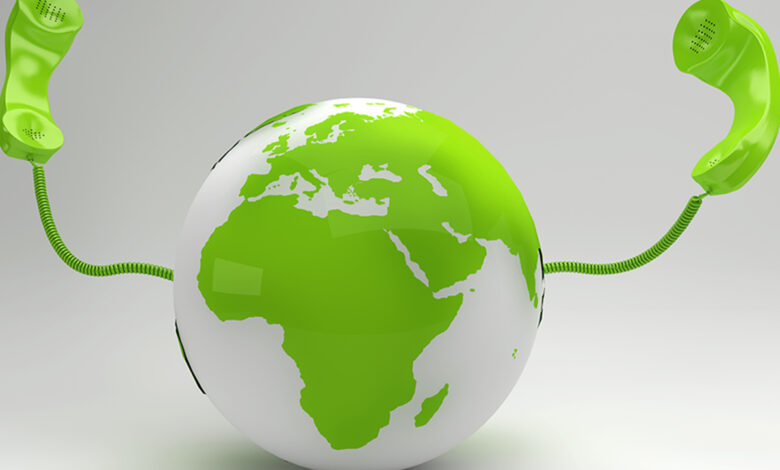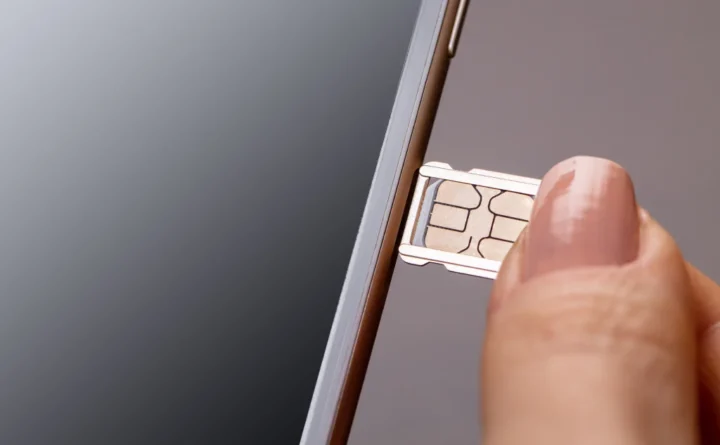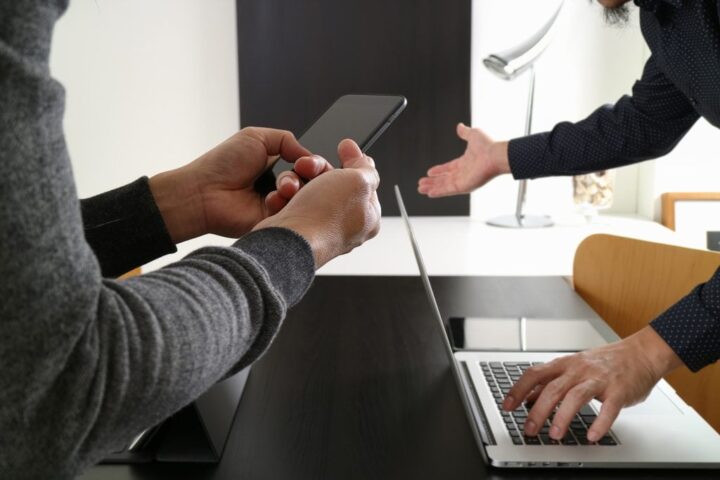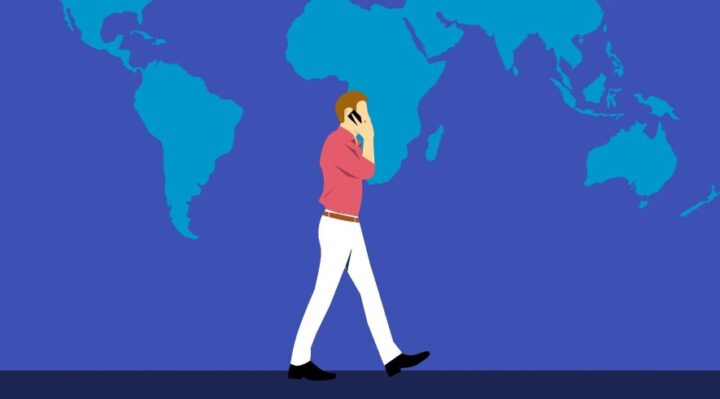The High Price of Long-Distance Calling

The high cost of long-distance calling is a burden for many people. In this blog post, we’ll look at the most expensive places to call and why people are choosing international calling cards to make overseas calls.
The cost of calling long distance
The cost of making a long-distance phone call can vary significantly depending on where you are calling. In some cases, it can be very expensive to make a long-distance phone call.
Here are the 10 most expensive countries to call:
- North Korea ($2.49 Verizon/$2.49 Sprint)
- Madagascar ($2.38 Verizon/ $2.29 Sprint)
- Comoros ($2.07 Verizon/$2.07 Sprint)
- Chad ($1.99 Verizon/ $2.11 Sprint)
- Guinea-Bissau ($1.85 Verizon/ $1.82 Sprint)
- Laos ($1.52 Verizon/ $1.49 Sprint)
- Vanuatu ($1.49 Verizon/$1.49 Sprint)
- Tuvalu ($1.49 Verizon/$1.49 Sprint)
- Nauru ($1.49 Verizon/$1.38 Sprint)
- Cuba (Verizon $1.19/ $1.19 Sprint)
Why people are choosing international calling cards to make overseas calls

What is an international calling card
An international calling card is a prepaid card that allows you to make long distance calls at discounted rates. International calling cards are becoming increasingly popular as they offer a convenient and cost-effective way to stay in touch with loved ones overseas.
“We find that people from all walks of life are using international calling cards.” JT, phonecardchoice.com.
Phone cards come in two different types:
Disposable – this is used by people who just need to make a limited number of calls, perhaps they need to contact their government or bank back home so there’s no need for additional uses.
Rechargeable – this is the most common type; this is mostly used be people who have migrated to another country and need a cheap and consistent/long term solution for making calls overseas.
There are many reasons why people are choosing to use international calling cards, but the main reasons include the following:
1. Cost savings: International calling cards can help you save a significant amount of money on your long distance calls. Calling cards typically offer significantly lower per-minute rates than traditional landline or mobile phone plans.
2. Convenience: Calling cards are extremely easy to use and can be used from any phone, whether it’s a landline, pay phone, or mobile phone. You don’t need to sign up for a special account or have a specific type of phone in oder to use a calling card.
3. Accessibility: With an international calling card, you can make calls from anywhere in the world – as long as there’s a telephone line available. This is especially helpful if you’re traveling abroad and need to stay in touch with family or friends back home.

4. Flexibility: Most international calling cards allow you to add minutes as needed, so you never have to worry about running out of minutes midway through a conversation. And if you don’t use all the minutes on your card, they will simply roll over to the next month.
5. Quality: International call quality has come a long way in recent years, so you can expect clear conversations when using a calling card. In addition, many companies offer features like call waiting and caller ID at no additional charge.
6. Tech-Free: No app to download or SIM to install, when dealing with the older crowd this is a major benefit.
Some of the limitations to using an international calling card include:
- Unlike a calling app for your mobile phone, international calling cards don not have a function for group or video calling.
- There are no free calling options available like you would see for VoIP based solutions.
Things to be aware of when purchasing an international calling card
Connection fees
Connection fees are a common charge when using an international calling card. These fees can range from a few cents to over a dollar, and they are typically charged per call.
Some cards will also charge a connection fee if you do not use the card for a certain period of time (usually 30 or 60 days). Be sure to check for these fees before making your purchase.
Daily service charges

Daily service charges are another common fee associated with international calling cards. These fees are typically around $1 per day, but they can vary depending on the card and the country you are calling. Be sure to check for these fees before making your purchase.
Long billing increments
Long billing increments is another thing to be aware of when using an international calling card.
This means that you will be charged for the full minute even if you only talk for a few seconds. For example, if you make a 1-minute call and hang up after 20 seconds, you will still be charged for the full minute. This can add up quickly, so it is important to be aware of this before making your purchase.
No customer support number
One thing to be aware of when using an international calling card is that there is usually no customer support number available. This means that if you have any problems with your card, you will not be able to speak to anyone directly who can help you resolve the issue. Be sure to keep this in mind before making your purchase.
Conclusion

The high cost of long-distance calling can be a barrier to staying in touch with loved ones who live far away.
International calling cards offer a more affordable option for making overseas calls, but there are some things to be aware of before purchase.
- Connection fees, daily service charges, long billing increments, and lack of customer support can all add up to an unexpectedly high bill. Despite the potential pitfalls, international calling cards can be a great way to save on long-distance calls and stay connected with loved ones around the world.
